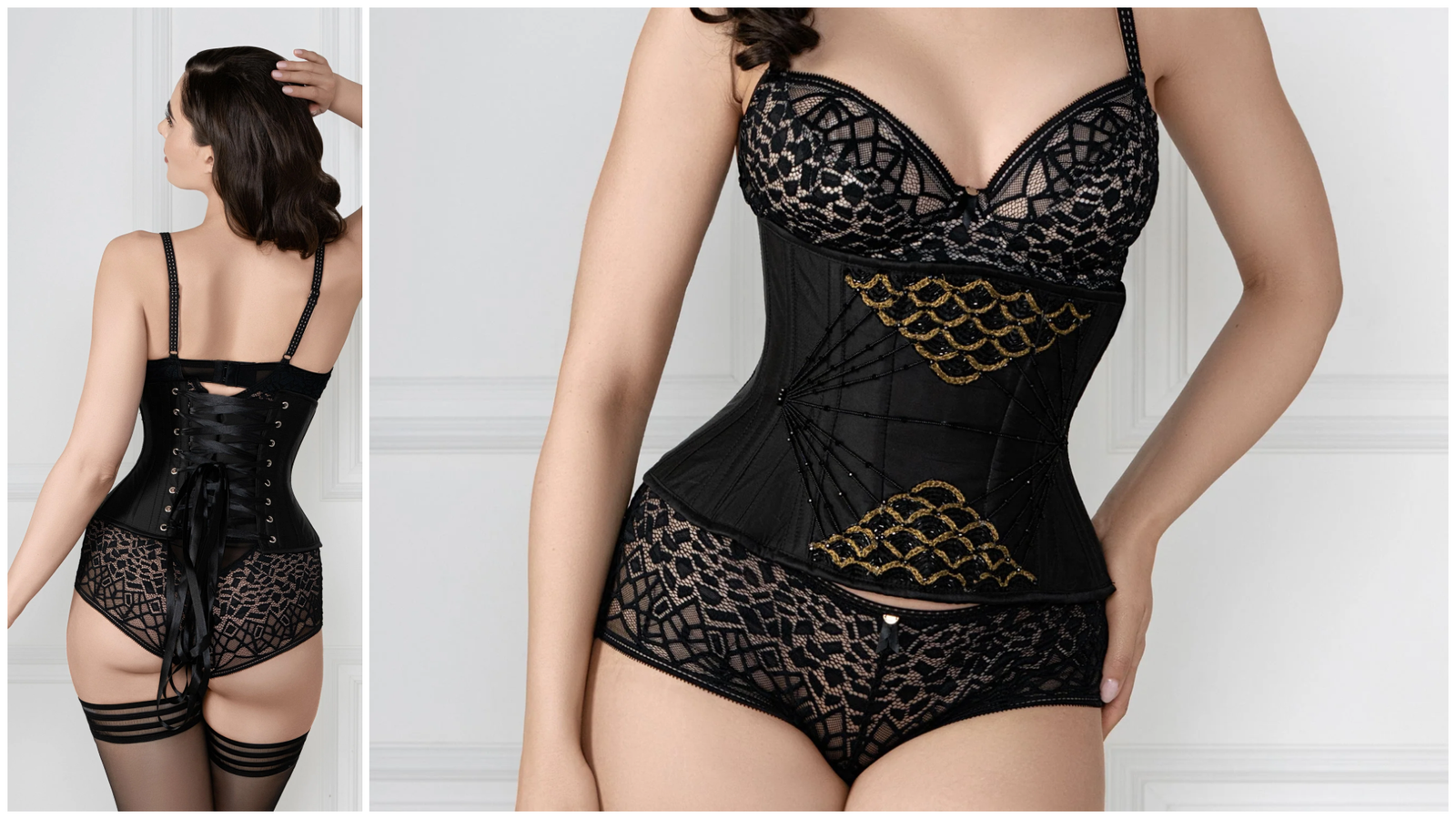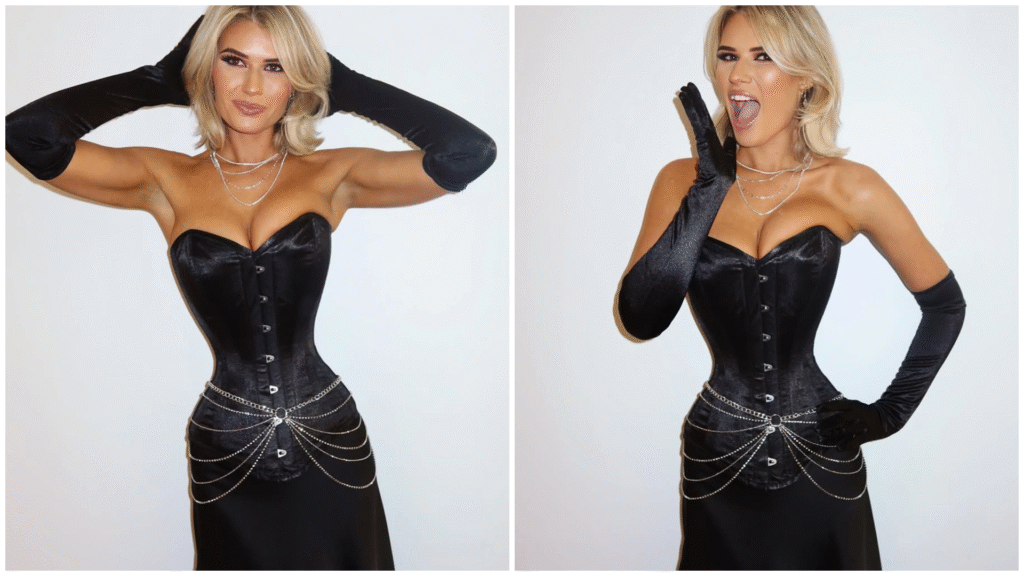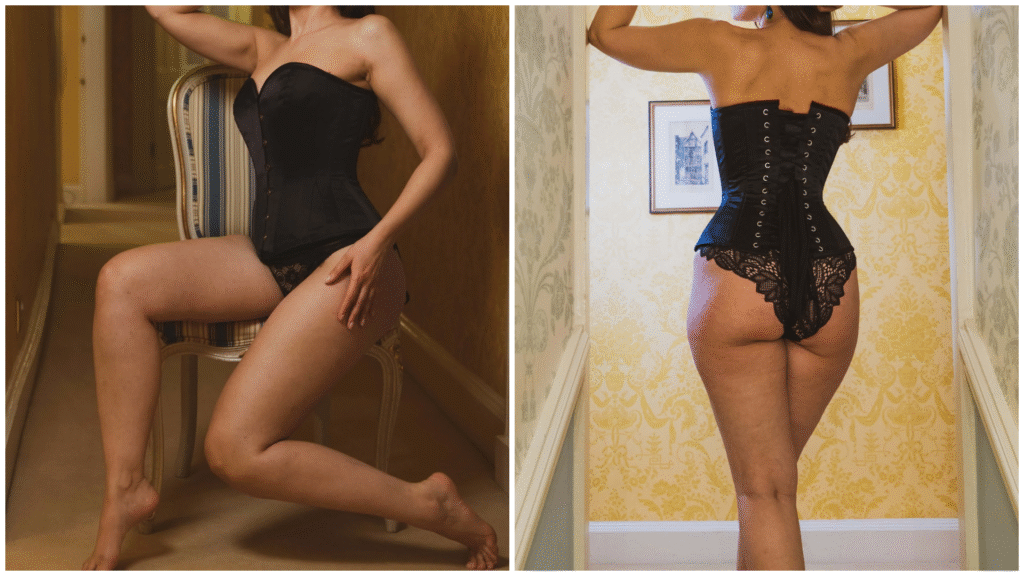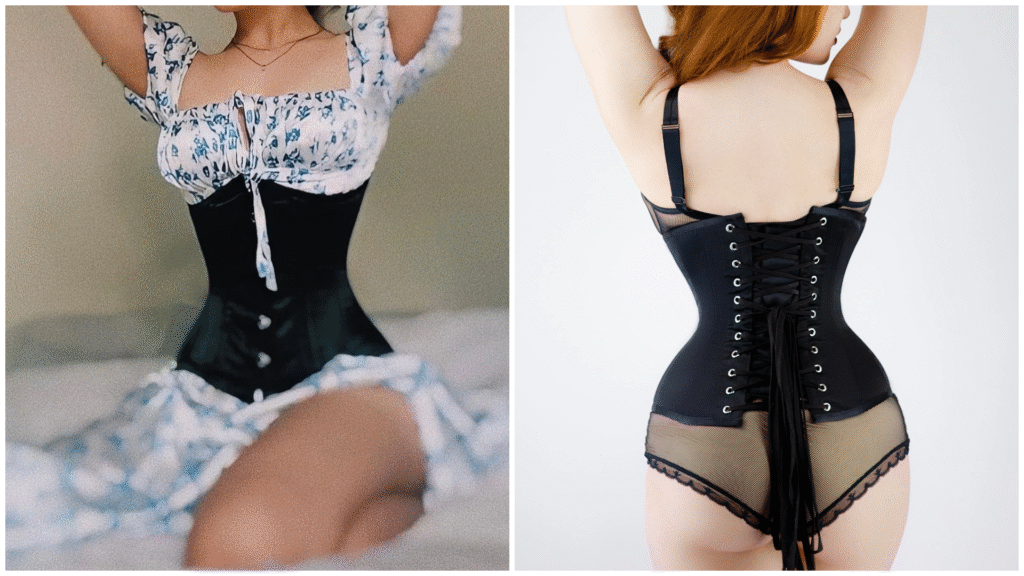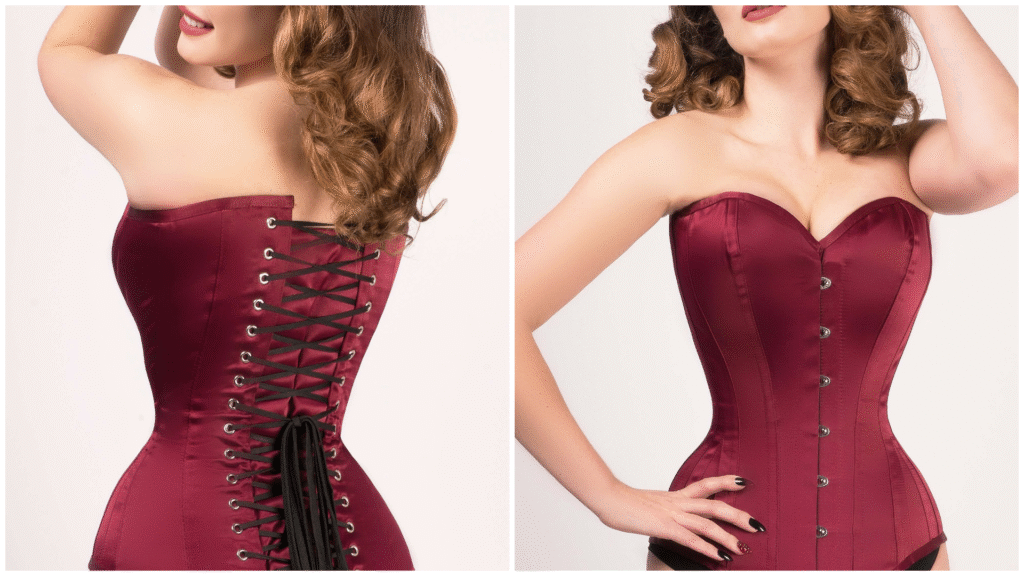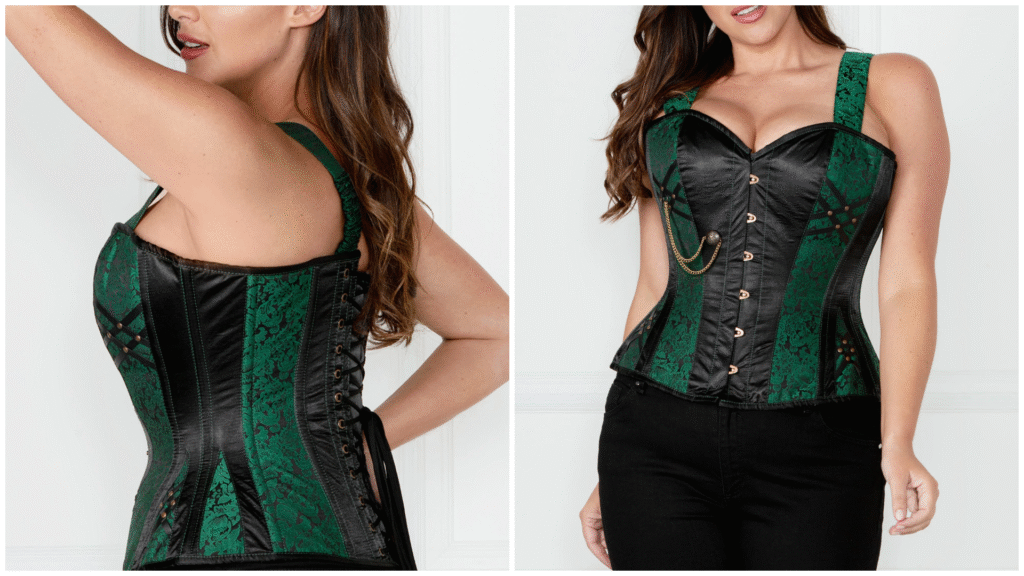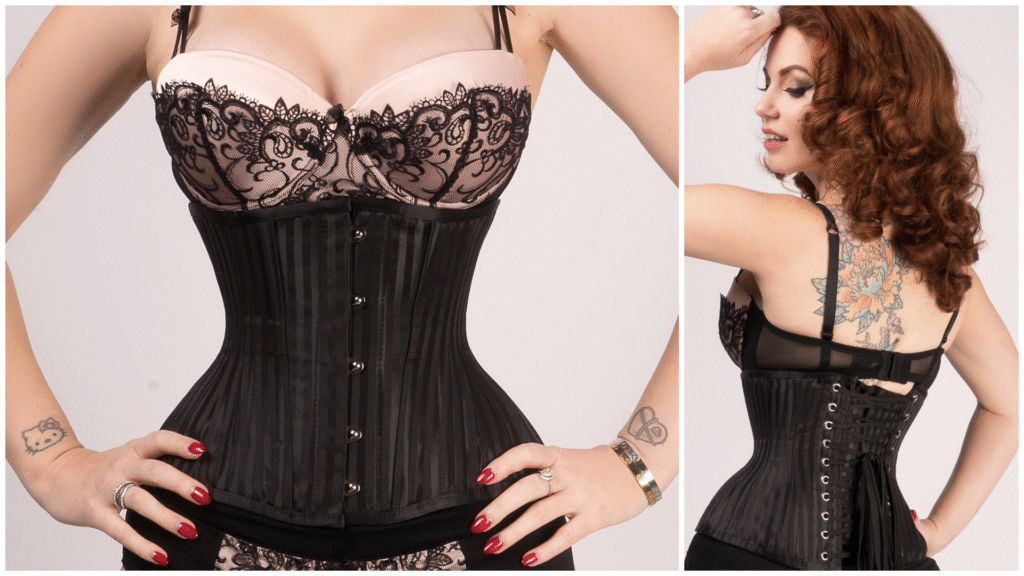Waist reduction is one of the most talked-about benefits of wearing a corset, especially among those exploring waist training. But the big question remains: Do corsets actually work for waist reduction? In this blog post, we’ll dive deep into the science behind waist training, how corsets affect your body, what results you can expect, and how to use them safely. We’ll also break down some myths and explore real user experiences so you can decide if this is the right path for you.
What Is Waist Training?
Waist training involves wearing a structured garment like a steel-boned corset consistently over time to achieve a smaller waist and a more hourglass figure. It’s not a new trend — corsets have been worn for centuries — but it’s regained popularity in recent years thanks to social media, celebrity endorsements, and a growing interest in body shaping.
Modern waist trainers, especially high-quality steel boned corsets, are designed to compress your midsection gradually, encouraging a temporary and sometimes semi-permanent reduction in waist circumference with regular use.
How Do Corsets Work for Waist Reduction?
Corsets work primarily through compression and consistent wear. When you wear a corset, it shapes your waist by redistributing fat, smoothing your figure, and improving posture. Over time, especially with lifestyle changes like healthy eating and regular exercise, the results can become more noticeable.
Key mechanisms include:
- Thermogenic effect: Wearing a corset increases body heat, especially around the core, which may promote sweating during wear — although this is temporary water weight loss.
- Posture improvement: Corsets train your posture by supporting your back, reducing slouching, and encouraging an upright stance, which can visually enhance your waistline.
- Appetite control: Some users report that corsets reduce appetite by applying pressure on the stomach, preventing overeating.
- Gradual reshaping: With consistent wear, soft tissue around the waistline can mold slightly, offering a semi-permanent shape over time.
What Does Science Say?
While there’s limited scientific literature specifically on corset waist training, some studies related to compression garments, posture control, and thermogenic wear suggest short-term benefits. However, doctors agree that permanent waist reduction requires more than just wearing a corset — lifestyle factors like diet, hydration, and fitness play a huge role.
Corsets won’t melt fat, but they can support a body-shaping journey when used correctly.


Realistic Results and Expectations
Waist training results vary from person to person. Some users report losing 1–4 inches in waist size after consistent corset wear over several months. However, it’s important to remember:
- Results are usually semi-permanent. If you stop waist training entirely, your natural shape may return.
- Everyone’s body is different. Genetics, body type, and routine matter.
- Corsets enhance your curves while worn — they are a tool, not magic.
How to Waist Train Safely
To get results and protect your health, follow these waist training safety tips:
- Season your corset properly: Break in your corset slowly over 7–10 days so it molds to your shape (not the other way around).
- Don’t over-tighten: You should be able to breathe and move comfortably. Waist training isn’t about suffocation — it’s about gentle compression.
- Stay hydrated and eat well: Healthy habits are essential alongside corset wear.
- Listen to your body: Discomfort is one thing, but pain or restricted breathing is not normal.
Myths vs. Reality
Let’s bust a few common myths:
Myth: Corsets permanently shrink your waist overnight.
Reality: Long-term changes require commitment and a holistic approach.
Myth: Waist trainers burn fat.
Reality: They shape and compress — fat loss comes from diet and exercise.
Myth: Corsets are dangerous.
Reality: When worn correctly and not overused, corsets are safe for most people.
So… Do corsets actually work for waist reduction?
Yes — but with realistic expectations. Corsets offer visible, immediate waist shaping and can contribute to waist reduction when used consistently and safely. They work best when paired with a healthy lifestyle and proper waist training knowledge.
If you’re new to waist training, start slow, track your progress, and focus on how you feel in your corset. Whether you’re aiming to accentuate your natural curves, support your posture, or enhance your confidence, corsets can be a helpful and empowering tool.
Final Thoughts
The science behind waist training shows that corsets can indeed support waist reduction goals — not by replacing your health routine, but by complementing it. With patience, the right fit, and consistent wear, corsets can help shape your silhouette and boost your confidence.
If you’re ready to begin, choose a steel boned corset, start with short daily wear, and gradually work your way up. And remember — the journey to your dream shape should always be one that feels good, empowering, and uniquely yours.


